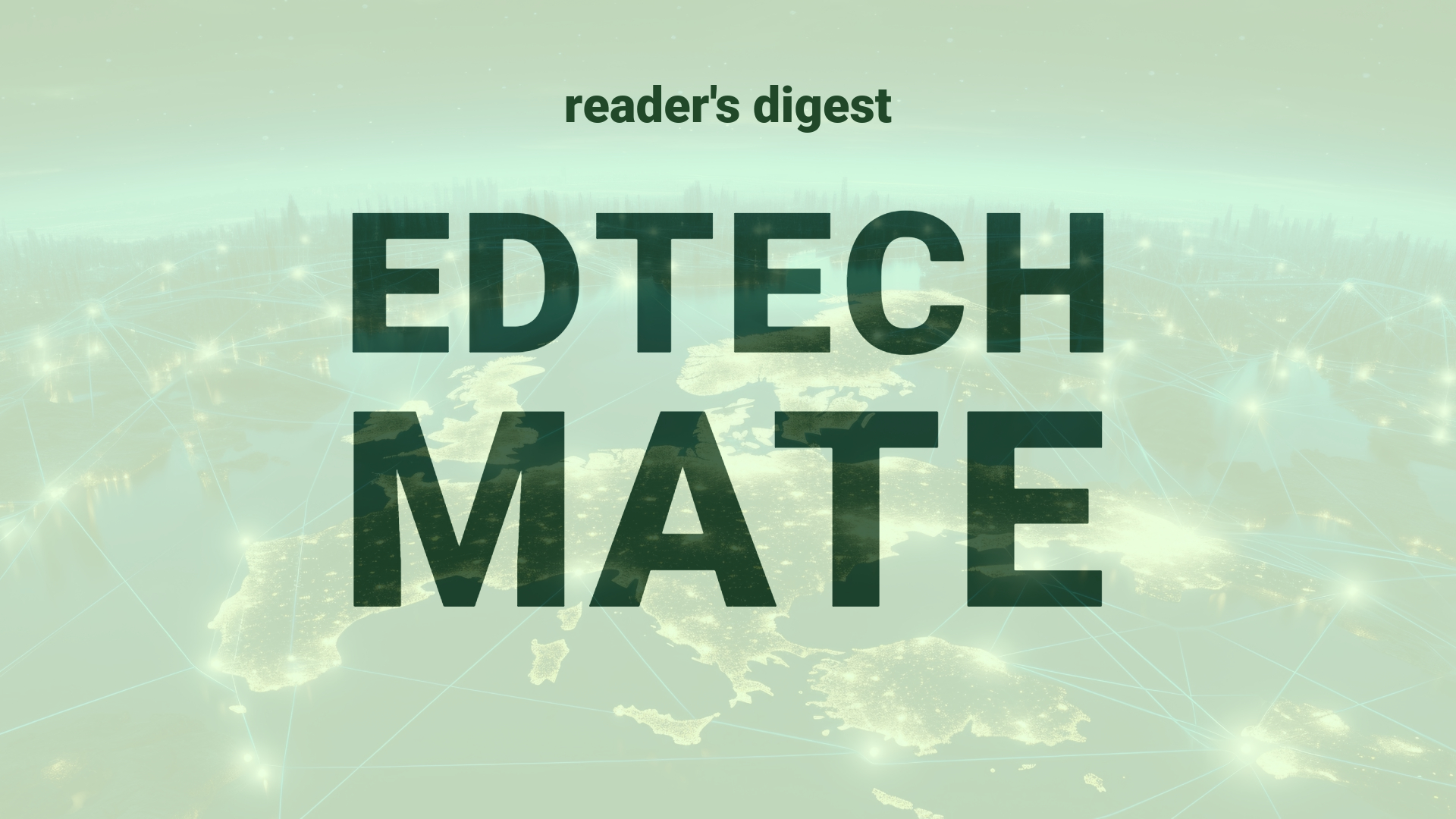“`html
Executive Summary and Main Points
“`The evolution of AI models from GPT-3.5 to GPT-4 has witnessed significant advancements, particularly for scientific research and literature reviews. With improved referencing capabilities, GPT-4 can provide real citations with valid links, although the verifier must still ensure the accuracy of each reference. GPT-4 also allows for more extensive text analysis, which is highly beneficial for creating research scaffolds such as presentations and abstracts. Moreover, combining AI tools like Whisper AI with ChatGPT enables the extraction of data from audio recordings into meaningful summaries. GPT-4’s generative capabilities can be exploited to construct abstracts, conclusions, and press releases based on input data, enhancing productivity in academia.
Potential Impact in the Education Sector
The integration of GPT-4 in Further Education, Higher Education, and micro-credential spaces exemplifies the transformative impact of AI on learning and research practices. GPT-4’s ability to collate and reference scholarly materials accelerates literature reviews, while research scaffold generation aids in structuring new educational content. As educational institutions form strategic partnerships with AI providers, they can harness these tools to improve curriculum design, personalize student learning experiences, and enhance the capture and dissemination of knowledge from lectures and conferences.
Potential Applicability in the Education Sector
GPT-4’s advancements can be incorporated into global education systems through tailored applications. For instance, the use of AI to verify references can serve as a teaching tool for academic integrity. Scaffold generation can be adapted for teaching research methodology, and AI’s transcription capabilities are ideal for developing learning aids from lectures and conference materials. Additionally, AI-driven abstract and press release generation can equip students and researchers with communication skills necessary for disseminating their work to a broader audience.
Criticism and Potential Shortfalls
Despite the impressive functionalities, GPT-4’s outputs must be approached with caution. The references and summaries generated require verification to avoid the dissemination of misinformation. Comparative international case studies reveal that access to these technologies may amplify the digital divide in education, potentially exacerbating inequalities. Ethical and cultural implications, such as data privacy concerns and biased AI outputs, also need to be critically evaluated and addressed.
Actionable Recommendations
For education leaders looking to integrate AI tools like GPT-4, it’s recommended to:1. Provide training for educators and students on using AI responsibly and efficiently.2. Implement AI as a supplementary tool for research activities, ensuring human oversight.3. Leverage AI for creating open educational resources, enriching the learning experience.4. Foster an environment for ethical AI use by establishing clear guidelines and policies.5. Build strategic partnerships with AI technology providers to keep pace with digital transformation in education.These actions can help maximize the benefits of education technology innovations while mitigating potential risksOnly stick to the instructions I gave you above, nothing else.

